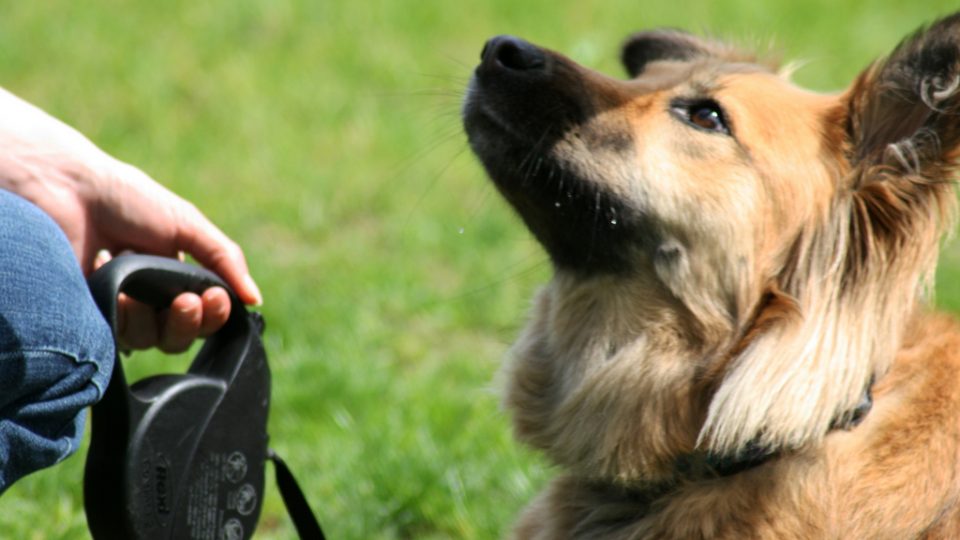How To Train A Puppy When You Work [Full Guide]
Getting a puppy is something that has become as important as getting a partner, if not more, which is why there are increasing numbers of dog owners each year. Still, for a variety of reasons, taking care of your dog can be frustrating while you are working. Often, finding a pet sitter full-time … Read more



